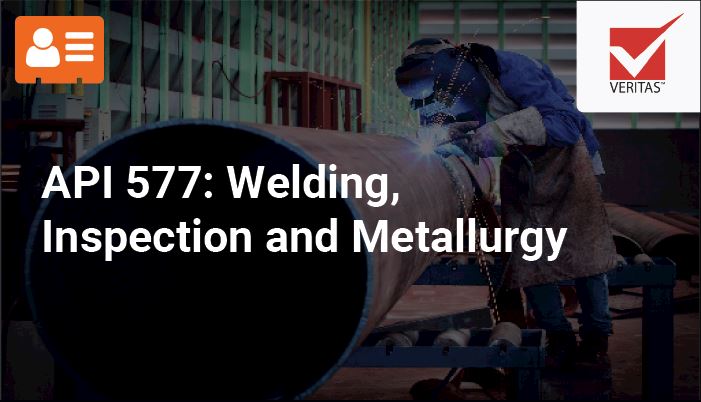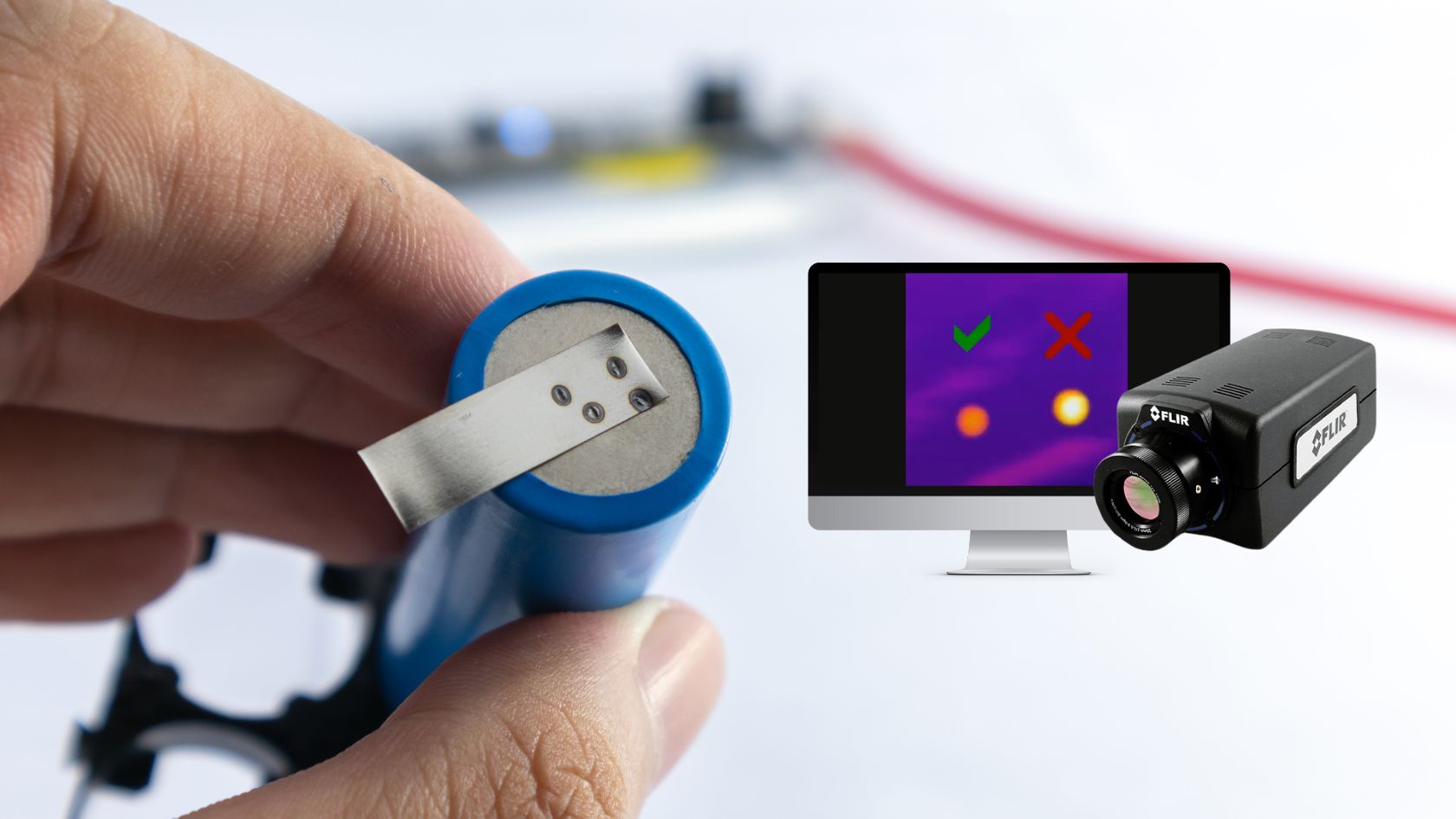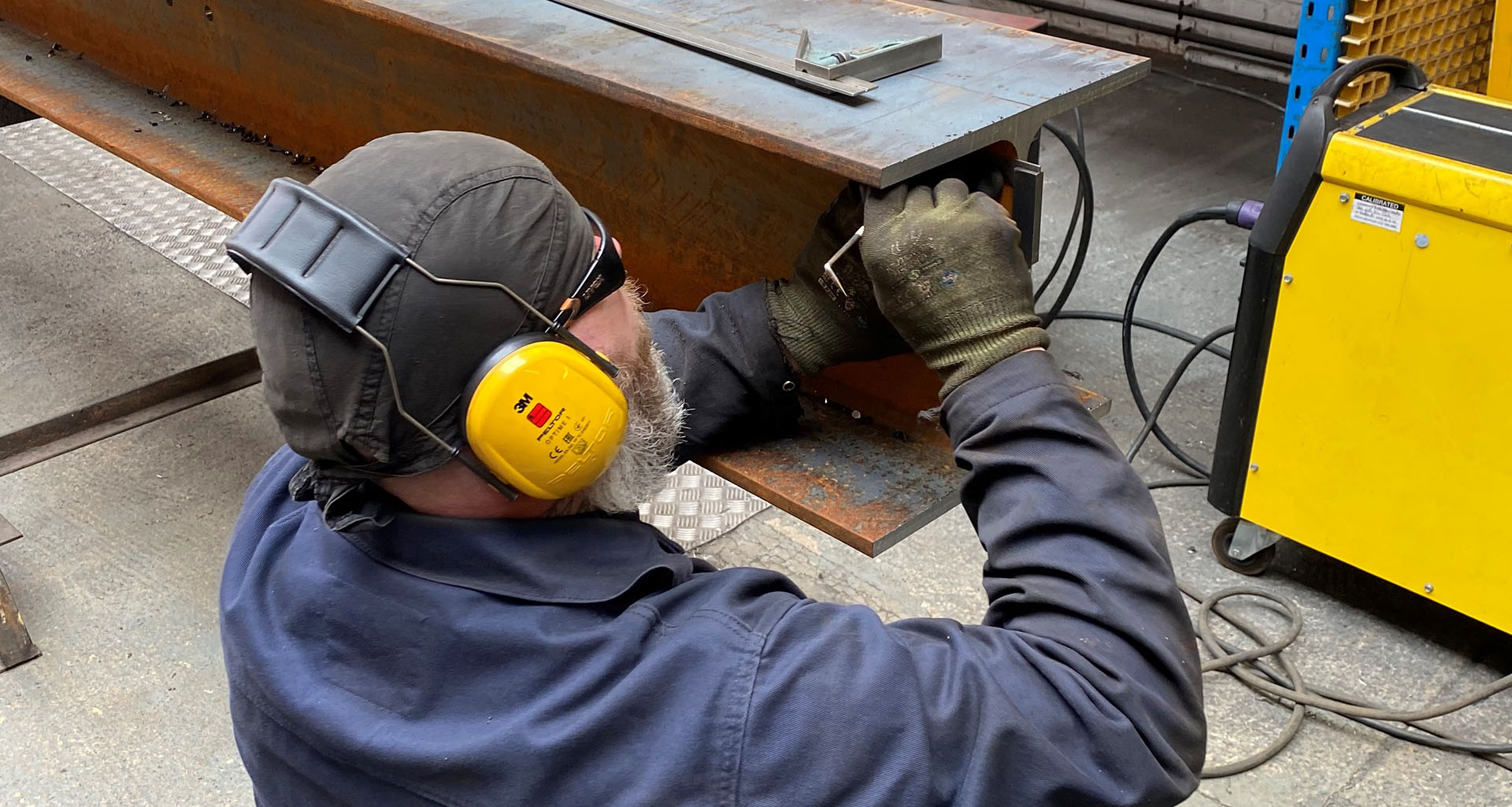Top Advantages of Working With Professionals for Welding Inspection Madison
Top Advantages of Working With Professionals for Welding Inspection Madison
Blog Article
Understanding the Fundamentals of Welding Evaluation to Make Sure Top Quality and Safety
In the realm of contemporary engineering, welding evaluation stands as a keystone for ensuring both the quality and security of architectural developments. The procedure entails a thorough evaluation of welded joints, employing advanced strategies such as ultrasonic and radiographic screening to detect hidden flaws. The experience of certified assessors is critical, as they link the gap between academic requirements and sensible application. Their duty extends beyond mere detection, including the paperwork and communication of findings to relevant stakeholders. Yet, what are the subtleties of these inspection techniques that make them crucial for preserving structural stability?

Significance of Welding Examination
In the world of industrial fabrication, the significance of welding assessment can not be overstated. Welding inspection plays a vital role in making certain the honesty, security, and longevity of bonded frameworks (Welding Inspection Madison).
The procedure of welding naturally involves intricate variables, including temperature, product properties, and ecological conditions, all of which can influence the top quality of the weld. A complete evaluation recognizes problems such as cracks, porosity, and insufficient fusion, which can endanger the stamina and reliability of the weld. By identifying these issues early, rehabilitative actions can be taken, therefore minimizing the threat of failure and linked expenses.
In addition, welding evaluation adds to regulative conformity, as many markets are controlled by strict safety and security requirements and standards. Failure to follow these laws can result in financial charges and lawful liabilities. Eventually, welding examination not only safeguards physical structures yet also safeguards human lives and supports market online reputations.

Key Welding Inspection Approaches
Although welding evaluation is vital to guaranteeing the top quality and safety and security of bonded frameworks, it is the specific methods employed that identify the efficiency of the evaluation procedure. Key welding evaluation techniques can be extensively categorized right into non-destructive screening (NDT) and devastating screening. Non-destructive screening techniques such as visual evaluation, ultrasonic testing, radiographic testing, magnetic fragment screening, and fluid penetrant screening are mostly utilized to assess the buildings of a weld without creating damages. Visual inspection is commonly the initial step, involving an extensive evaluation of the weld's surface for issues like fractures or porosity.
Radiographic and ultrasonic testing are advanced methods that permit examiners to analyze the interior honesty of the weld. Ultrasonic testing makes use of high-frequency acoustic waves to detect discontinuities, while radiographic testing uses X-rays or gamma rays to create a picture of the weld's interior. Magnetic fragment testing and liquid penetrant screening are surface evaluation techniques utilized to locate surface area and near-surface imperfections. In contrast, destructive screening methods include literally reducing the weld or damaging to evaluate its mechanical residential or commercial properties. These thorough evaluation approaches ensure that welds satisfy market criteria and safety demands, consequently ensuring structural stability and efficiency.
Duty of Qualified Assessors
Certified inspectors play a critical role in the welding evaluation procedure, ensuring that all welds follow stringent industry standards and safety regulations. Their know-how is crucial in recognizing flaws or abnormalities that might endanger the architectural stability of a weld. By carefully analyzing each weld, certified inspectors aid protect against this post potential failures that could bring about dangerous crashes or expensive repair work.
To become qualified, examiners should undergo strenuous training and testing, which acquaints them with different welding techniques, products, and testing approaches. This detailed understanding permits them to examine weld quality properly and make notified judgments about their safety and security and dependability. Qualified examiners are proficient in translating plans and specifications, guaranteeing that the welding job aligns with the job's layout requirements.
An indispensable component of their role is to document their searchings for thoroughly, supplying a thorough record of the assessment procedure. This documentation is vital for traceability and liability, working as a main document of compliance with market requirements. Qualified inspectors also play a crucial duty in facilitating communication in between task stakeholders, supplying insights and recommendations to boost welding techniques and end results. Their payment is essential in preserving high degrees of high quality and safety and security in welding procedures.

Tools Used in Welding Inspection
Welding assessors count on a range of specialized tools to execute their responsibilities effectively, making certain each weld meets the essential requirements. Among these tools, visual examination help like magnifying glasses and mirrors are fundamental, enabling inspectors to very closely check out welds for surface defects such as fractures, porosity, and undercut. Calipers and fillet weld evaluates are essential for determining weld dimensions to validate compliance with layout specs.
Advanced tools expand beyond aesthetic aids, consisting of non-destructive testing (NDT) devices. Ultrasonic testing gadgets are pivotal in detecting subsurface imperfections, utilizing audio waves to expose interior discontinuities without jeopardizing the weld's stability. Radiographic testing uses X-rays or gamma rays to capture pictures of a weld's interior, highlighting possible defects.
Magnetic bit screening is another important tool, especially for identifying surface and near-surface stoppages in ferromagnetic materials. By applying ferrous bits and magnetic areas, assessors can identify problems that could or else be invisible.
Dye penetrant assessment is often used for non-ferrous materials, supplying a contrast-enhanced aesthetic browse around these guys look for surface-breaking problems. Welding Inspection Madison. Together, these devices make it possible for welding examiners to thoroughly assess weld high quality, making certain safety and dependability in numerous applications throughout industries
Guaranteeing Architectural Honesty

Welding procedures have to follow established criteria and codes, such as those specified by the American Welding Culture (AWS) or the International Organization for Standardization (ISO) These guidelines make certain that the welds can stand up to operational anxieties and environmental variables. Certified and certified welders play an essential duty in this process, as their knowledge ensures that methods are applied appropriately, minimizing problems such as fractures, porosity, and insufficient combination.
Post-weld inspection is an additional essential element of verifying architectural stability. Non-destructive screening (NDT) methods, consisting of ultrasonic screening and radiographic testing, are utilized to identify subsurface defects without endangering the welded structure. These assessments validate that the welds satisfy the called for quality requirements, supplying guarantee of their sturdiness and integrity. Ultimately, guaranteeing architectural honesty in welding not only safeguards human lives however also shields financial investments and improves the longevity of engineered frameworks.
Final Thought
The basics of welding assessment are necessary for maintaining the quality and safety of bonded structures. The usage of specialized devices even more boosts the assessment procedure, ultimately protecting human lives and prolonging the life expectancy of bonded buildings.
Welding examination plays an important role in making sure the integrity, safety, and durability of like this bonded structures.Although welding assessment is critical to guaranteeing the top quality and safety of welded frameworks, it is the certain approaches employed that determine the performance of the inspection process. Secret welding examination methods can be broadly categorized into non-destructive screening (NDT) and devastating screening.Licensed assessors play a pivotal role in the welding evaluation process, making sure that all welds abide with strict sector criteria and safety laws.The basics of welding assessment are crucial for keeping the top quality and safety and security of bonded frameworks.
Report this page